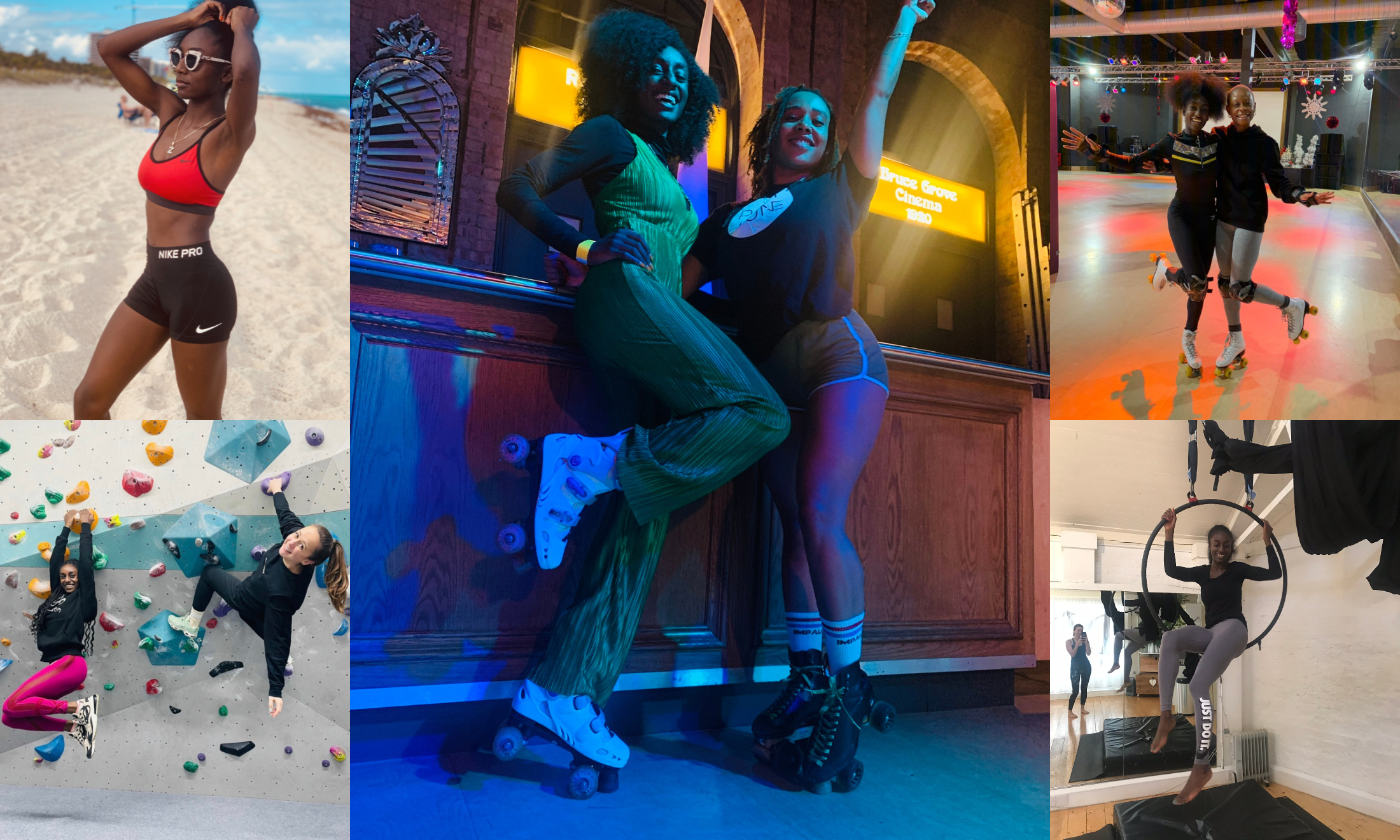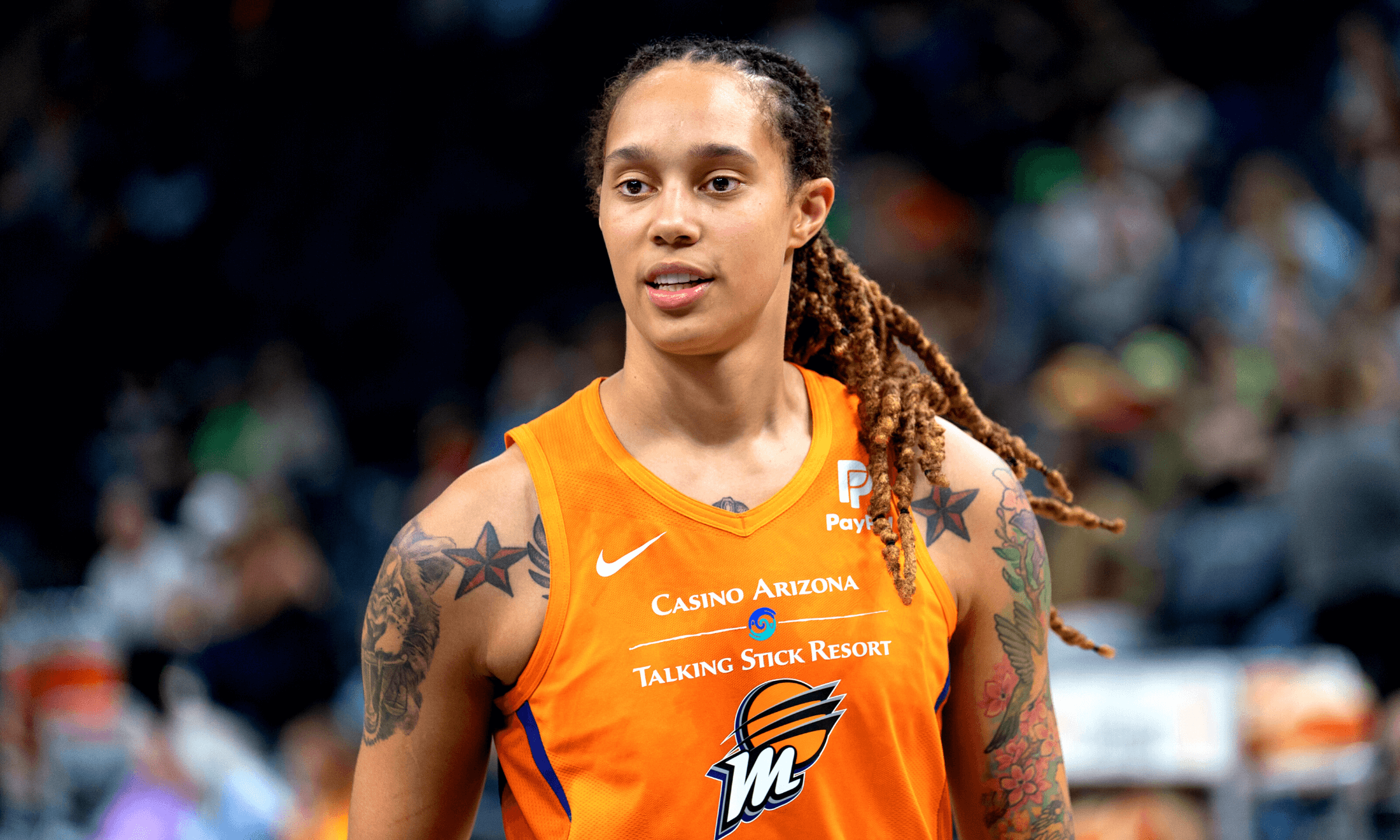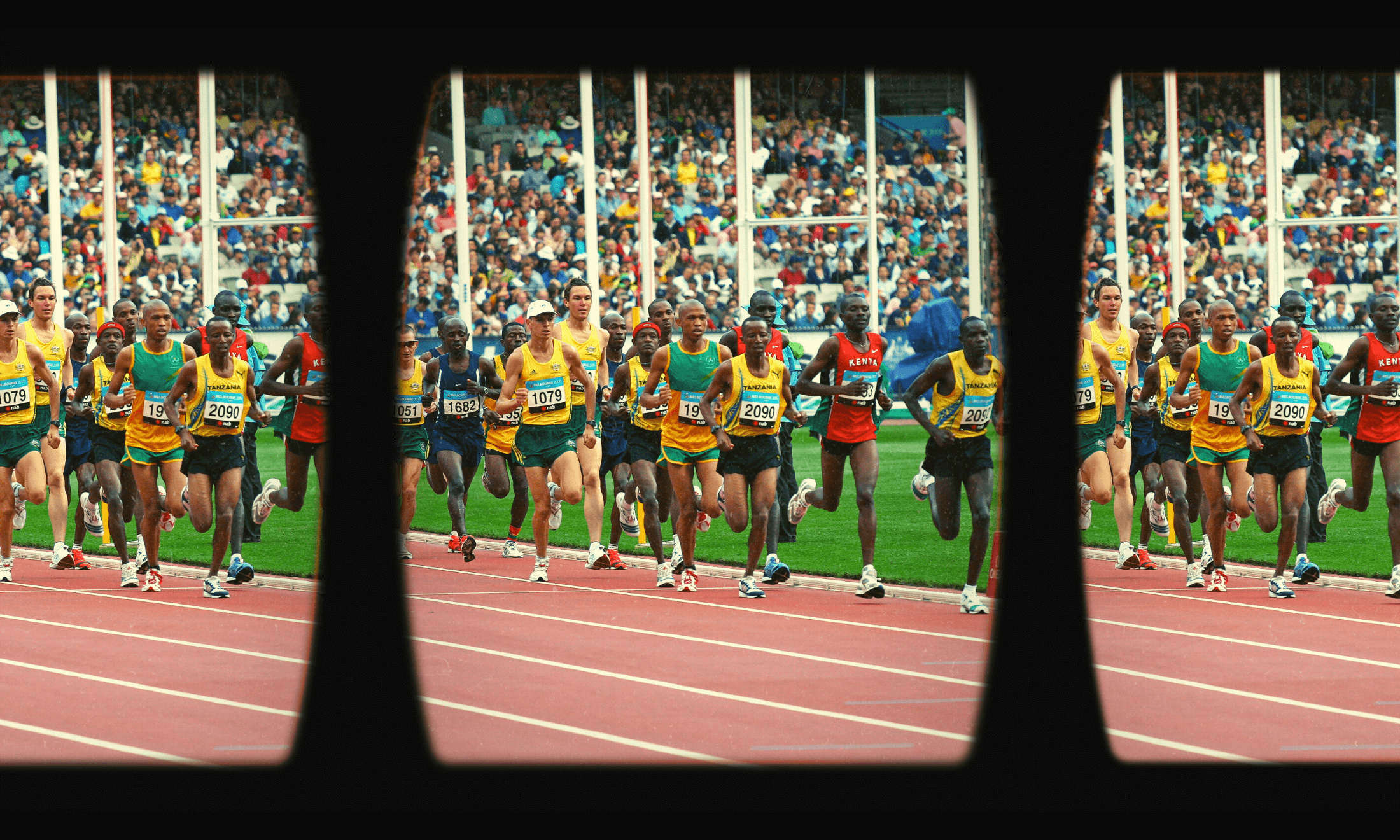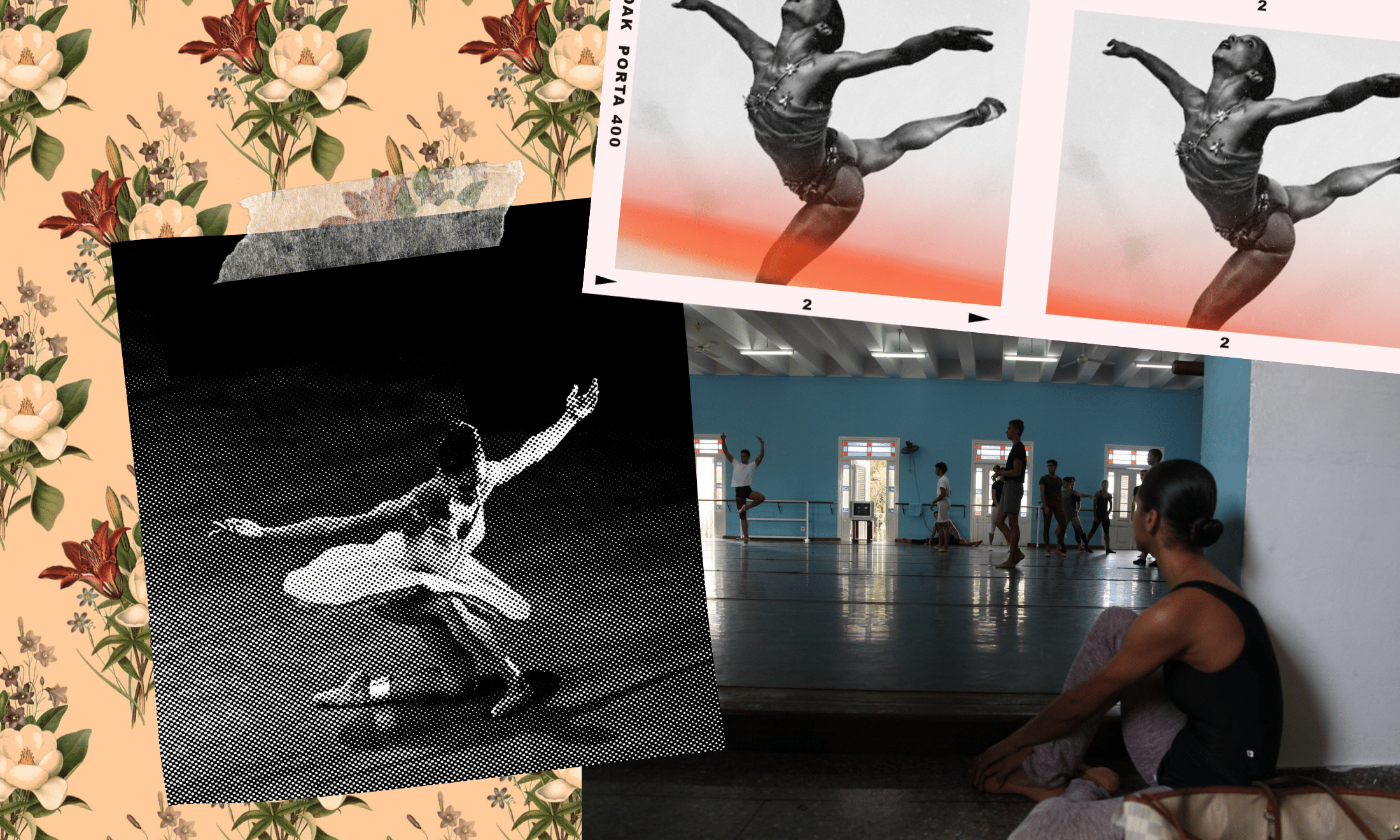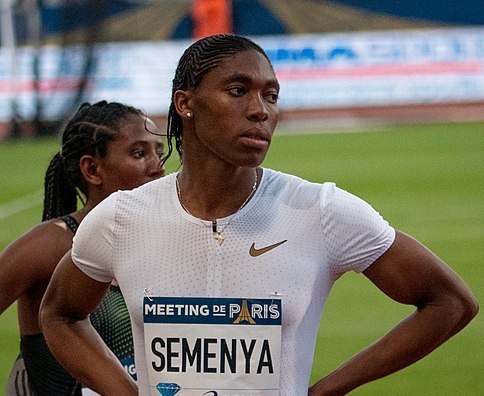
The Caster Semenya verdict shows what happens when ‘womanhood’ is an exclusive club
Jai Deo
02 May 2019
Photography via Wikimedia Commons
Systematic transphobia has lead to a recent daily onslaught of media abuse directed at transgender people, with anti-trans movements seeking to increase negative public perception. Anti-trans rhetoric is pervasive and dangerous to the lives of trans people, as we are now in a state where almost half of trans people don’t feel comfortable using public toilets through fear of discrimination or harassment.
I have spent years explaining to HR professionals, activists, and people in pubs that any society that excludes trans people will end up harming everybody, cis people included. Disputing anyone’s right to define their own identity contributes to systems that limit access based on arbitrary biological attributes. Now we’ve seen more cold hard proof: a cis athlete with hyperandrogenism has been told she must change her natural hormone levels in order to classify herself as a woman, and still compete.
Although the idea of encouraging hormone therapy almost seems like the anti-trans lobby has flipped its mission on its head by celebrating a cis woman being asked to take hormone blockers when they reject trans people doing the same, Caster Semenya’s case exemplifies another harmful side effect of a society that excludes trans and intersex people. The ruling demonstrated that pushing an imaginary cis-normative ideal of womanhood will end up excluding everyone that does not fit into shrinking boundaries of gender.
“How can a court say it protects women by actively excluding and harming them? Clearly, only some women are in favour”
Anti-trans groups in the media have been given a platform that has allowed them to police the perceived limits of womanhood to such an extent that cis and trans women may both actively be excluded from it. This “ideal” version of womanhood cannot exist when it does not encompass every woman. After all, no one is safe within this cis-normative world if someone can be deemed not “woman enough” by a court. Caster’s case should have demonstrated that these boundaries are broken. Instead, it’s served to solidify them.
Media Matters editor-at-large Parker Molloy expanded on this on Twitter, writing: “The argument in the Semenya case is that hormone levels are what matter…The argument people made against trans athletes is that hormones don’t matter. Pick one! Are you a woman with polycystic ovary syndrome? Congenital adrenal hyperplasia? Hyperthecosis? Cushing’s syndrome? Adrenal Adenomas? Congrats, the IAAF isn’t sure whether you’re actually a woman. How messed up is that?”
The IAAF’s decision to only allow Caster to compete if she takes hormone blockers was taken with a view to “preserve integrity” of women athletes and protect women’s sport. However, how can a court say it protects women by actively excluding and harming them? Clearly, only some women are in favour.
Historically, womanhood has been defined in order to protect cis white women, and the fact a black woman is being forced to change her hormones in order to save the feelings of white women like Paula Radcliffe is no coincidence. The IAAF would never do this to basketball players who are taller than the average man, or swimmers with longer than average arms. Caster is judged differently as colonial standards do not see her as a woman.
There are similarities between how transphobia and racism operate. The US bathroom segregation laws were put in place to protect white women from black people. During the civil rights movement, the proposal of race-neutral bathrooms was faced with a huge backlash due to the fear of white women catching venereal diseases from black women. Pro-segregationists then stated that this would lead to black men sharing bathrooms with white women, threatening their safety.
“Historically, womanhood has been defined in order to protect cis white women”
The underlying argument here was that black women were fundamentally different and therefore not entitled to the same facilities as white women because of their physical attributes. Caster’s ruling is no different. Instead of “protecting women’s sport”, all the IAAF has done is demonstrate that their institution cannot protect women from systemic prejudice.
A common excuse from those who support the ruling is that Caster’s high testosterone levels mean she is not “biologically female”. But attempts to biologically define gender in some areas of sport have been scrapped. The reason the International Olympics Committee do not test for sex on the basis of chromosomes anymore is because it was so flawed. The Office of the UN High Commissioner for Human Rights estimates that up to 1.7% of people have intersex traits. This may be higher due to low levels of disclosure, but this is roughly the same as the proportion of the world’s population with red hair. Therefore, institutional gender boundaries cannot operate as they inevitably exclude people.
We should all pay attention to Caster’s story. Gender boundaries, especially those of “womanhood” are shrinking in the wake of the misogyny, transphobia, and racism in our society. Normalising a society where people are entitled to different rights because of their bodies is exceedingly dangerous, and these rules will always exclude the most marginalised groups – most importantly trans people – first. This is reason enough, but we should also remember that as soon as it is possible for institutions to deny a person’s sex or gender identity, “womanhood” quickly becomes an exclusive club.

